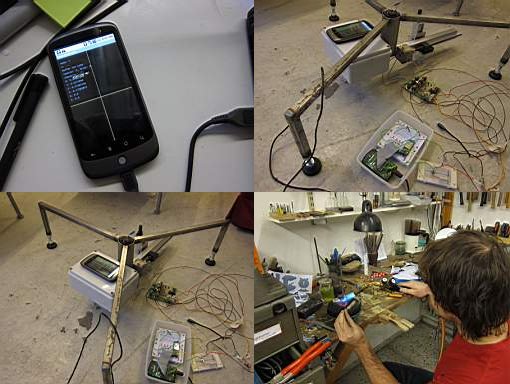“Okay,” you say to the Web geeks, “I’ve had enough. I don’t want another little app that looks at my iTunes collection and tells me that if I like Lady Gaga, I probably also like Madonna. I want to listen in new ways and, most importantly, make music. What have you got, Web 2.0… 3.0… whatever we’re on now, that I can actually use. I want some of the deliciousness of the future, now.”
“Oh, and another thing – can I patch this Android phone of mine in absurd ways?”
Wish granted.
The latest Music Hackday in Stockholm was filled with the usual simple, first-draft hacks – as it should be; the whole idea is to do something quickly and start something real. But among them were some really strong ideas about how connecting music makers to the Web could do intelligent, new things.
Here are some of the best. Themes emerging:
There is a “there” there. Use proximity, and make location start to help people share musical tastes (and, by the same token, music making).
Put music creation in the browser – without Flash. New JavaScript-based tools can do live synthesis. There’s even a Nanoloop-style sequencer, built entirely with JavaScript and HTML. While these won’t be replacing dedicated music software any time soon, they can have the inverse effect, which is bringing musical creativity to more online apps. (Trust me, it’s more fun than most of what’s on Facebook.)
Make musicians’ online lives easier. Thanks to open APIs, all your gig info, tour info, and music uploads can finally come together.
Get physical. Hacks involving everything from big robotic visualizers to physical radio controls connect open hardware platforms like Arduino and Android.
(And yes, there were a lot of new Android apps, early proof that open mobile development could make a splash.)
Here’s a look at some of the coolest individual projects:
AlbexOne
Data as connected, kinetic sculpture
It’s one thing to talk to a Web API and put the results on the screen. It’s quite another to turn that feedback into a massive, mechanical sculpture.
Ingredients:
One Web API (Echo Nest Java API, for song analysis)
One Google NexusOne phone, running Android, receiving data on wifi and sending on bluetooth
One microcontroller, receiving signals from the Android and rotating a giant, mechanical arm to make a drawing
Here’s hoping co-creators Albin Karlsson and Alex Olwal can send us video of the project working in action.

ProximRadio + Blobble
Making software and hardware proximity-aware
The work by Michael Coffey (github | @eartle) and Jonty Wareing (github | @jonty) may seem at first like more of the usual social song-playing stuff. But it’s really a clever use of Bluetooth and proximity that could have significant implications for listening to and making music with other people in the same room.
Using new clients and servers, Michael and Jonty change the experience of listening to music. As people enter and leave a room, radio feeds respond accordingly. And the experience of “scrobbling” — writing a piece of music played on your computer to the Web — changes from solo to ensemble experience. If you and a few friends listen to Dark Side of the Moon while watching The Wizard of Oz, now all of your Last.fm accounts respond accordingly.
Note, too, that by using the open-source GUI framework Qt4, what looks like a native Mac UI is actually portable across (cough) platforms.
Let’s say you’d rather make music than play it. Well, good news: developed could use these same tricks to build Bluetooth-enabled musical instruments that respond to proximity, not only for social interactions but better-integrated
hardware.

Radio Free Hackday
Virtual radio meets the physical radio object
Simon Hohberg and Robert Böhnke (aka @ceterum_censeo) had a brilliant, simple hardware hack: put the soul of an Arduino mini into a friendly-looking Panasonic FM radio. Result: physical controls for virtual radio, and an actual, local FM stream transmitted back from the computer into the stream.
With some minor upgrades (like a beefier, non-Arduino minicomputer), this could be a self-contained Internet radio. But it’s a reminder that making physical controls for software can be fun, frivolous, and novel. After all, it’s really the way we interact with real-world objects that makes them meaningful.
Webloop
Game Boy mainstay Nanoloop, reimagined as JavaScript
Start with Nanoloop, the unique, elegantly-designed music creation software for the Game Boy. Now imagine it as a browser application – no Flash, no standalone app, but all JavaScript, even down to the audio output.
That’s what Jan Krutisch did with his Webloop, now in its second iteration. It’s a testament to the universality of Oliver Wittchow’s design for Nanoloop, and the growing power of the browser and JavaScript as an open platform on which to make music software.

Synthism
Patching synthesis in online browser modules
This is a bit hard to see in action, so we’ll have to take their word for it. But the idea is compelling – and is another example of the action that could take place in the browser (in this case, with the actual sound work done elsewhere in a more traditional fashion):
Synthism.com our frontend to the powerful BrainBeat compiler, which is also built by the synthism.com team. This gives you the possibility to export synthesizers from synthism.com to different platforms, e.g. as a VST instrument. The flexibility of the BrainBeat compiler allows us to add support for exotic hardware such as FPGAs or special purpose built DSPs found in different hardware synthesizers, making export to such platforms available.
And yes, all of this is meant to be “collaborative,” which could add more dimension to it.
Songkick On Tour from Matt Biddulph on Vimeo.
Songkick on Tour
A Web service that adds information to your trip

It may be technologically less impressive, but part of what I think will make the Web more useful is the use of open Web APIs to reduce the amount of work you have to do to get information. Songkick on Tour is a great example of that: it figures out your travel itinerary from the awesome Dopplr and lets you know what gigs are happening when you’re traveling. I’m a big fan of Dopplr and feel it’s underused; this demonstrates the sort of thing that could be done.
Of course, this quick hack is only the start – it could make it easier for touring musicians to stay on top of information when they’re on the road.
Along the same lines, and on a grander scale…
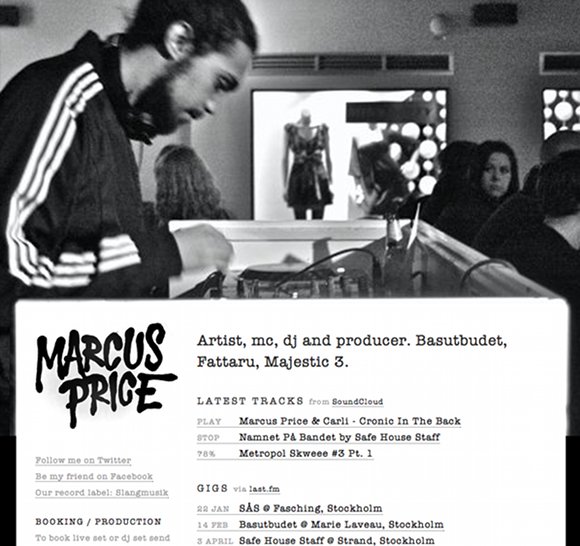
Holodeck
One place on the Web, all your artist stuff – automatically
“A tool for artists to create their own website with music from SoundCloud, gigs from Songkick or Last.fm, news/posts from Tumblr.”
That says it all, doesn’t it? Instead of adding yet another Web service to keep track of, another dimension of complexity in your life, this mashes together information you’ve already put elsewhere.
Imagine if every time you made a note of something, you scattered it in a different part of the house. Imagine how complex your life would be.
Oh, wait. I don’t have to imagine that. I do that. Anyway, yeah, let’s have the Web not work that way so it pays for the time, electricity, and money it consumes, ‘kay?
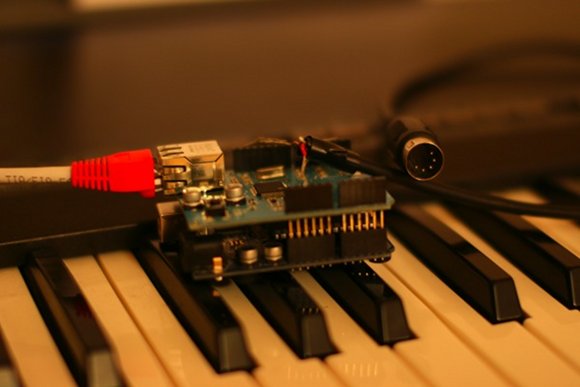
Echonest Midi Player
A Web-to-MIDI converter
Internet comes in, music goes out. Connect an Ethernet cable to one side of this gadget (via the Arduino Ethernet Shield), connect the other to a MIDI instrument, and Bertrand Gondouin’s creation plays MIDI music automatically.
Of course, this has other creative implications, like the ability to pipe your own music or musical events to installations, remote players, to rig up an Ethernet- (or wifi-) powered MIDI band, or whatever you might imagine.
And bless the presence of simple, free Web servers, like the one on which this site runs. (Actually, CDM is LXMP – Linux nginx MySQL PHP – not LAMP with Apache, but I digress.)
More cool projects
Tired of embedding a whole Flash-powered player? the hackable SoundCloud JS player is customizable and lightweight. (It’s not Flash-free – you still need Flash as the back-end to decode the audio, as sadly HTML5 still doesn’t mean consistent MP3 and OGG codec support across browsers, at least so far.)
HacKey asks a fascinating question, which is whether people’s musical tastes are related to key.
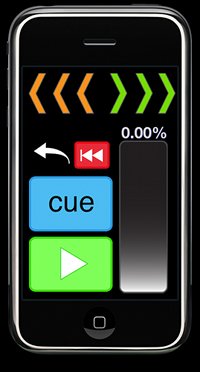
BuddyJ for iPhone adds a dead-simple, cueable music output. Now, true, this may not look like an all-powerful DJ app, but that’s not the point: it makes the iPhone or iPod touch into a cueable “deck” you could connect to a mixer, etc.
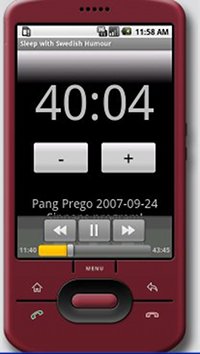
SleepApp is a simple Android demo app, but it also demonstrates – with all the code on Google Code – how to do basic UIs and stream Internet radio, meaning it could be a good starting point if you’re dabbling in Android music development.
More coverage
Five music hacks from the future [Pocket-lint]
New Echo Nest APIs demoed at the Stockholm Music Hackday [Music Machinery, where you can also follow the Echo Nest APIs]
Hacking in Stockholm [A report from Last.fm’s LAST.HQ]
48 Hours, 31 Hacks – Stockholm Music Hack Day [Programmable Web]
And here is some rough mobile video of the presentations:
New York?
NYCers, I’d really love to help host a Music Hackday here (I missed the nearby Boston event, but we have some specific folks in NY who would be great to involve.) The only remaining challenge: a venue that can host 100 or 200 people, free. Suggestions?

